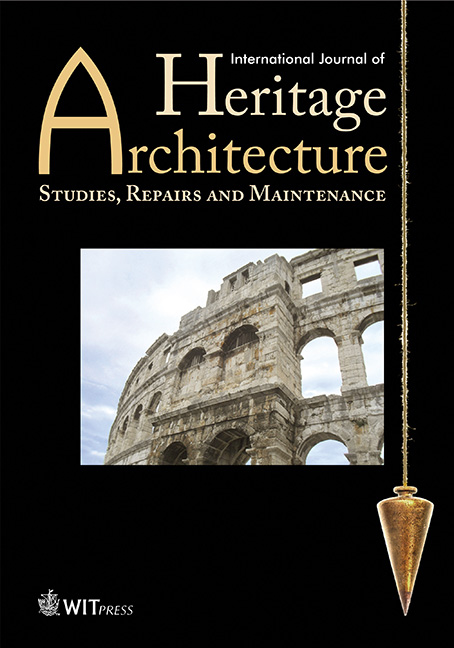Sufistic influence on the architectural typology of the Melaka Tengkera Mosque of Melaka, Malaysia
Price
Free (open access)
Volume
Volume 2 (2018), Issue 4
Pages
15
Page Range
509 - 524
Paper DOI
10.2495/HA-V2-N4-509-524
Copyright
WIT Press
Author(s)
Azizi Bahauddin & Hakimi Ahmad
Abstract
Islam grew rapidly in the Malay world at the end of the 13th and early 14th centuries AD. It was spread by missionaries from Arab countries, India, Iraq and China. It comes along with the teachings of Sufism or tasawwuf – Islamic esoteric dimensions supported and complemented by Islamic exoteric Sharia practice. The mosque becomes a sacred symbol of importance to this religion. The construction of the mosque since the time of Prophet Muhammad (pbuh) has shown a lot of changes. The typology of the Malay mosque architecture is of medium scale and has its contextual value reflecting the identity of the Sufis former leaders such as the influence of the high priest, or ulama, of the Wali Songo, the revered saints of Islam in Indonesia. The legacy of the Sufis must be maintained so as not to be marginalized by modernity and globalisation. These questions arose as many people believed that the majority of contemporary mosques no longer inherit the value of the traditional Wali Songo mosque. This opinion is quite reasonable due to the formal expression of the mosque today which is different from the traditional Wali Songo mosque. For example, the contemporary mosques are dominated by domes and towers, both of which are of monumental scale. They are two non-local elements that have replaced local parts and altered the official expressions of the mosques in the archipelago. It continued to fade after the colonial period despite the deeply rooted approach of Sufism that emerged 400 years ago. The Melaka Tengkera Mosque built in the 18th century AD still demonstrates its simplicity in terms of its scale and traditional image, as well as the value of hybrid assimilation or Hindu–Buddhist syncretism and tolerance. This article uses qualitative methods particularly in ethnographic and phenomenological approaches supported by architectural documentation in emphasising the symbolic and semiotic aesthetic expression aspects. This emotional bonding contributes to the Sufistic symbolic aesthetics in the mosque. The study found that the traditional architecture of the mosque still creates the sacred Sufistic ambience through its more civilised concept of spatial transitions, with a complete ritual experience of the heritage of the Wali Songo Sufis.
Keywords
Sufism, Philosophy, Mosque, Ethics and Aesthetics




